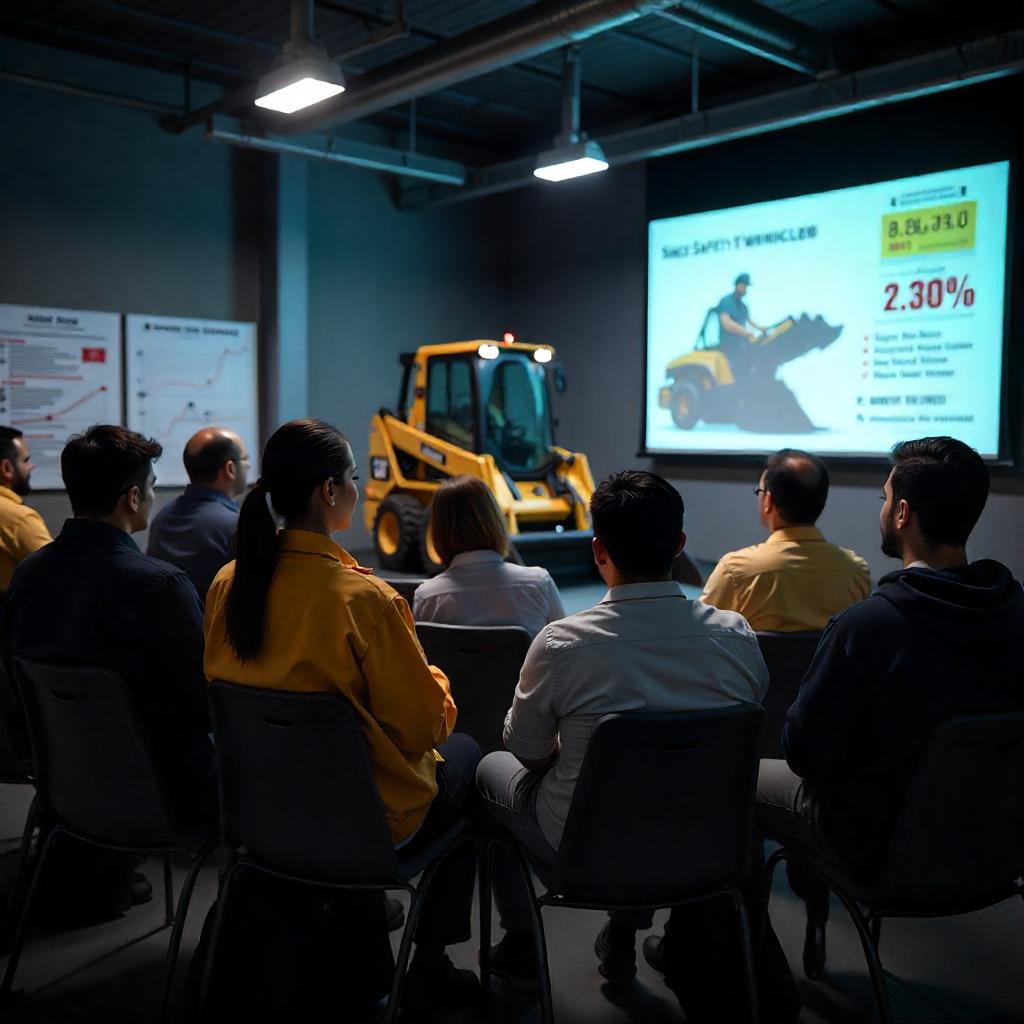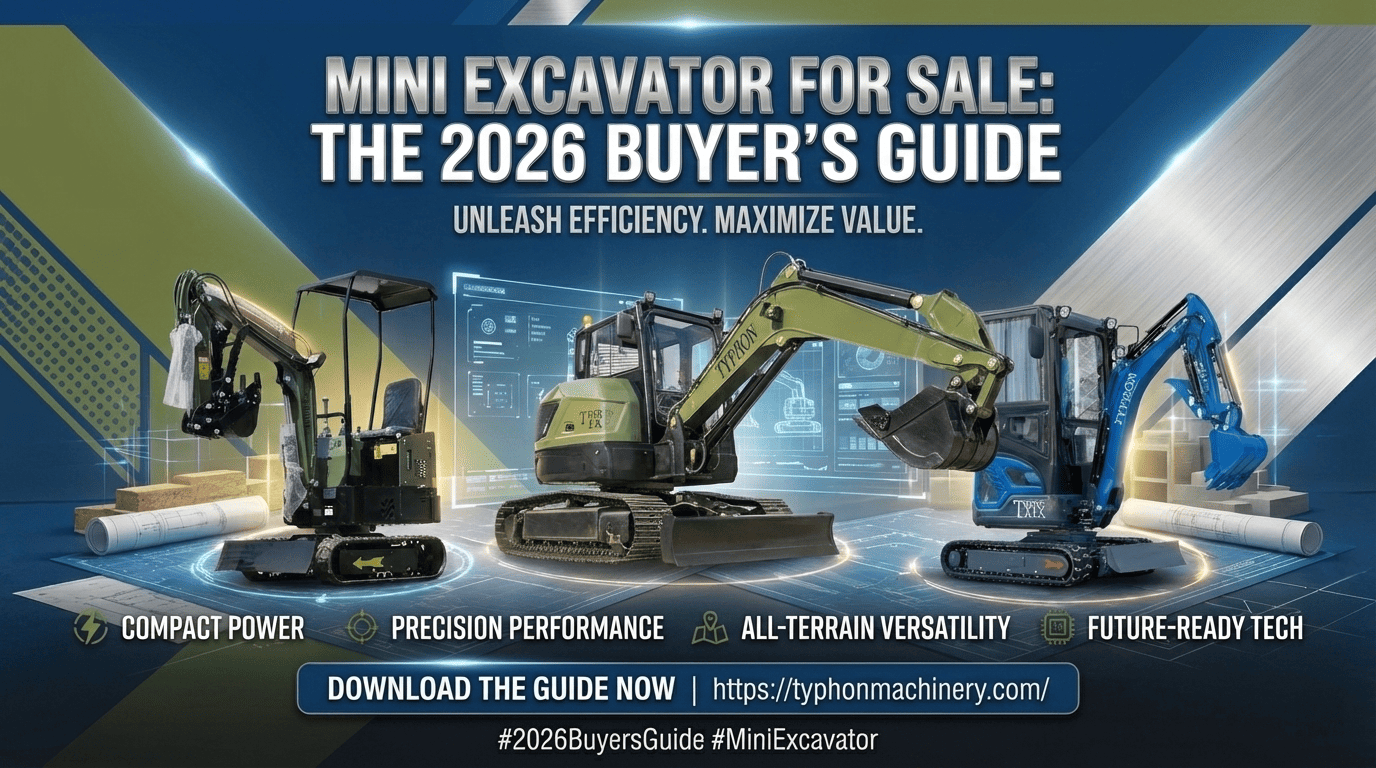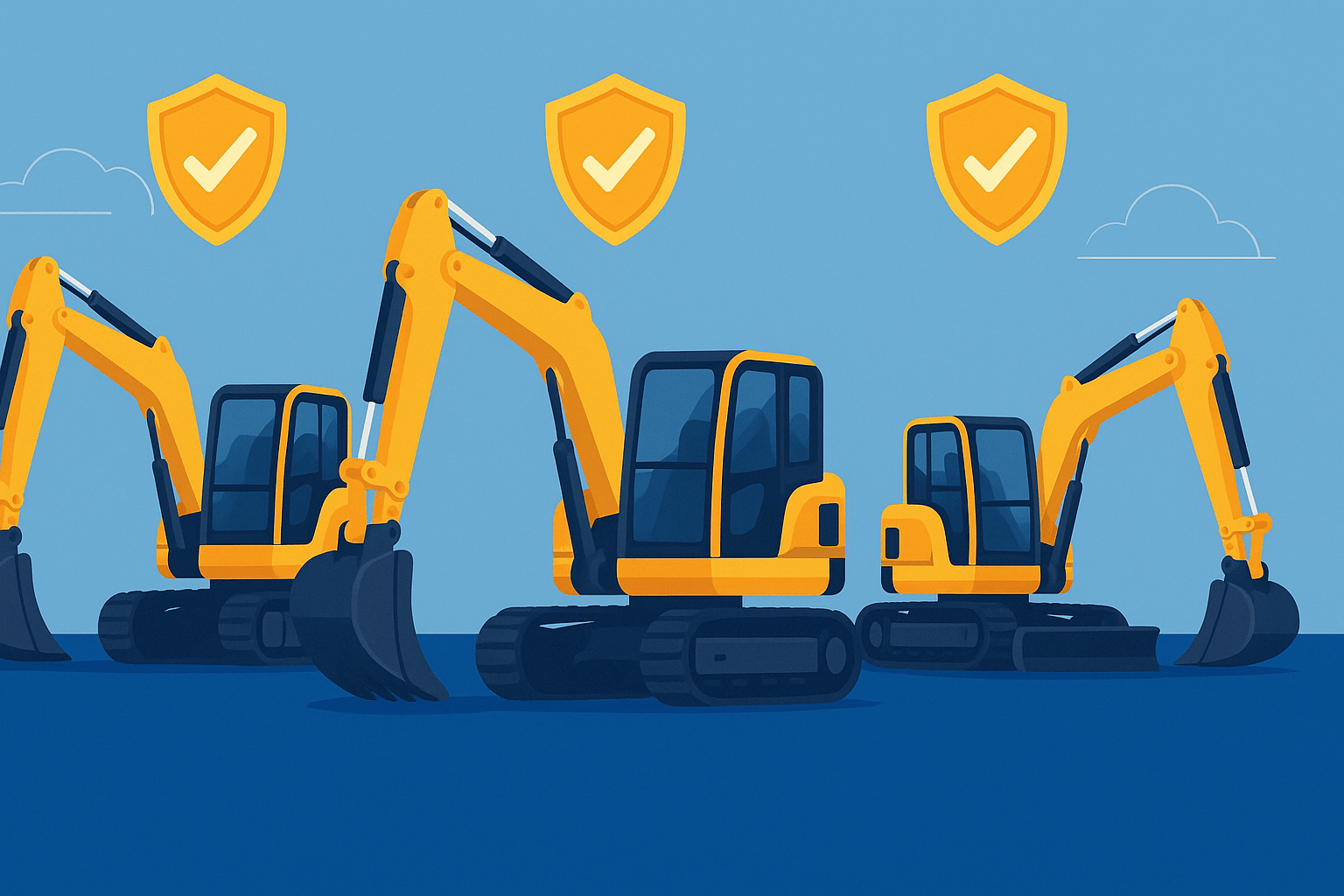Operating a skid steer loader can be a game-changer for construction projects, but it comes with its own set of risks. Rollover accidents are among these versatile machines’ most common and dangerous hazards. In this blog, we’ll explore practical tips to prevent rollover accidents and mitigate other potential hazards, ensuring a safer working environment for operators and bystanders alike.
Control Rollover Mishaps, Stay away from abrupt edges when working on a skid steer loader.
How to control skid steer Loader Rollover Mishaps
- Don’t overfill the attachment. Check the capability label, data plate, or user manual for the full load limit. Surpassing that limitation(RATED OPERATING CAPACITY – ROC) may provoke the skid steer to become unbalanced and roll over.
- Evenly spread the burden on the attachment so the skid steer doesn’t roll over.
- Fasten unstable shipments so they won’t move or slip. When fastening is required, drop the lift arms, shut off the machine, climb out, chain the cargo in the spot, climb around in the cab, initiate the loader, and move with the job.
- Lift loads gradually and evenly to maintain the skid steer stable.
- Hold loads near to the ground, yet high sufficiently to remove obstructions. When a load is held too high, skid steer loaders are more likely to lose control. It is particularly crucial to bring the load as down as feasible when riding, carrying a heavy load, journeying on an incline, or working on uneven surfaces.
- Hold the attachment level while driving lift arms or driving up and down elevations, otherwise, the load could pivot and make the loader out of control.
- Drive at a pace that is suitable for your requirements so you don’t lose the balance of the skid steer.
- Manage the controls smoothly to control shaking or bucking.
- Use on a level, steady terrains, Load, unload, and turn on solid, level ground.
- Drive up and down hills, not across them. Move slowly on inclines.
- Hold the weighty end of the loader pointed uphill. When fully packed, skid steers should be operated with the load uphill. When off-loaded, the rear of the skid steer is weightier, so the rear of a vacant skid steer should be uphill. If you are not sure which side is heaviest because of connected attachments, check the user manual.
- Do not make short turns on cliffs or the loader may roll over. Remain away from steep hills completely. The user manual describes the highest slope for your skid steer.
- Bypass holes, large obstacles, soft spots, and weak ground. All can make the loader shaky.
- If you must cross railway tracks, ditches, curbs, or similar uneven ground, intersect at an angle, and drive slowly.
- Stay away from vertical borders on loading docks, ramps, ditches, boundary walls, and near ditches; otherwise, you could fall over the border, or the bank could cave in.
Steer Clear of Runover Hazards
- Apply your safety belt and use the safety handle so you remain safe inside the cabin.
- Know where your colleagues are. Inspect all around before driving the loader. Keep other individuals away while you are working and never let anyone get near enough to be crushed by unforeseen loader activities.
- Move forward when you are on level land unless the load obstructs your vision or the attachment is developed to be used with the loader in reversal. When a load obstructs your vision, either move in reversal (if the loader is prepared so you can see back) or have a colleague direct you. Work out hand signs in advance. Make certain your associate stays in a safe space from the loader.
- Observe traffic and pedestrians when traveling or operating near roadways, driveways, parking lots, building corners, shrubs, trees, and other unseeing spots. Individuals, creatures, and traffic move fast and may not recognize they are in the route of hazard. Be mindful of your surroundings at all times.
- Look in the direction you are driving.
- Utilize the skid steer smoothly to keep control so you don’t hurt yourself or others surrounding you.
- Don’t push the attachment into materials. You may:
Drive into a thing concealed by the material.
Run via the stack and hit a person or something on the other side.
Lose command of the skid steer. - Don’t allow riders. The cabin is created for one individual and attachments are not for moving somebody.
- Control the skid steer and stop it from moving suddenly during maintenance.
- Park on a level ground.
- Drop the attachment(s).
- Set the Gear in neutral.
- Apply the parking brake.
- Shut down the engine.
- Examine the controls and relieve hydraulic pressure.
- Obey safe shutdown operations so controls are shut.
- Stop the wheels so that the skid steer will not move.
By implementing these safety tips and best practices, you can significantly reduce the risk of rollover accidents and other hazards when operating skid steer loaders. Prioritizing safety not only protects your team but also enhances productivity and efficiency on the job site. Stay vigilant, stay safe, and keep your construction projects running smoothly.









